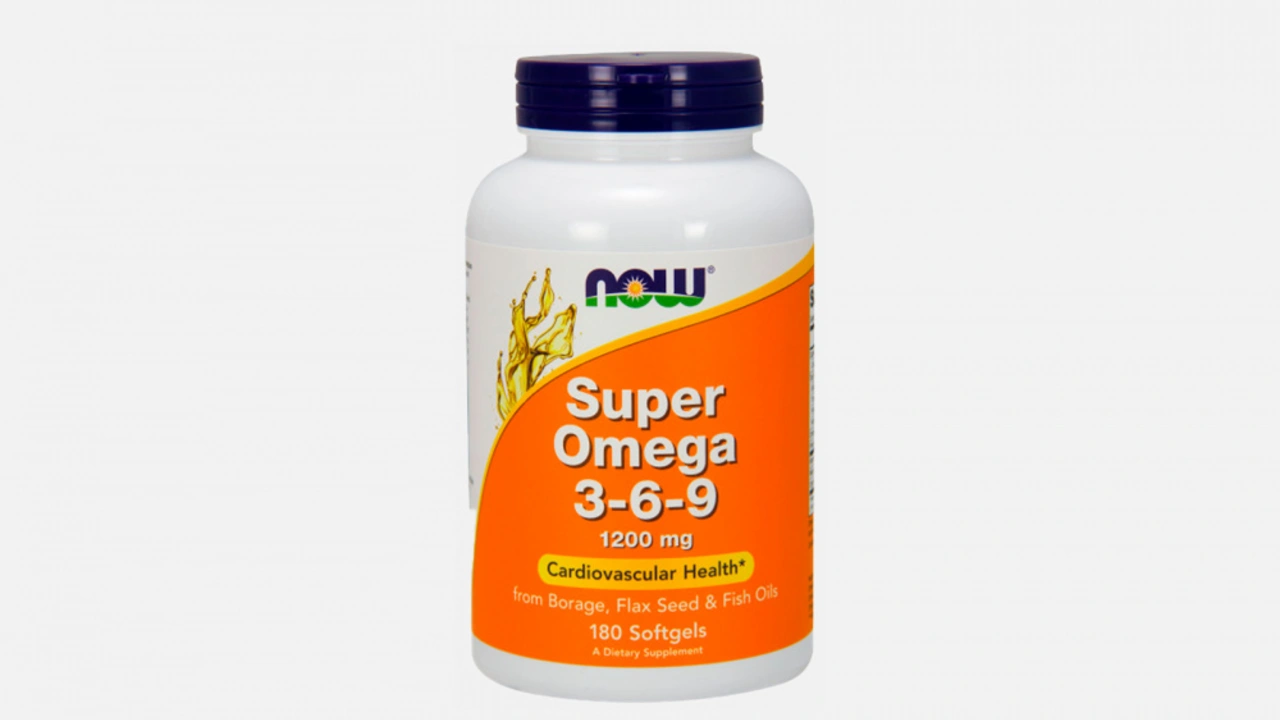Omega-6 fatty acids: What they do and how to handle them
Omega-6 fatty acids are essential fats your body needs for growth, brain function, and skin health. The most common omega-6 is linoleic acid (LA). You get it from many plant oils, nuts, and seeds. That sounds good, but modern diets often overload on omega-6 while shortchanging omega-3 — and that imbalance matters for inflammation and long-term health.
Why omega-6 matters
Omega-6 fats help build cell membranes and make signaling molecules your body uses to react to stress and injury. But the same pathways can promote inflammation if omega-6 levels far outpace omega-3s. Clinical research and nutrition guidelines point to balance, not elimination. Your body needs some omega-6, but too much compared to omega-3 may raise the risk of chronic inflammation-related issues.
If you want numbers: the Institute of Medicine’s adequate intake values are roughly 17 g/day of linoleic acid for adult men and 12 g/day for adult women. Those are general targets, not strict rules. Many people in Western countries eat far more because of processed foods and seed oils.
How to balance omega-6 with omega-3 in real life
A useful goal is to get your omega-6:omega-3 ratio down toward 4:1 or lower. Traditional diets were closer to 1:1 or 2:1; today’s average can be 15:1–20:1. Here are simple actions you can take today:
- Swap oils: Use extra virgin olive or avocado oil for cooking instead of corn, soybean, sunflower, or safflower oil. Those seed oils are high in omega-6.
- Eat fatty fish twice a week: Salmon, mackerel, sardines and trout boost EPA/DHA, the strongest omega-3s.
- Add plant omega-3s: Flaxseed, chia, and walnuts add ALA, which helps improve your overall omega-3 intake.
- Cut processed snacks and fried foods: Chips, packaged cakes, and many fast-food items use high-omega-6 oils.
- Read labels: Look for oils and ingredients like “vegetable oil” or “partially hydrogenated” — those often mean high omega-6 content or unhealthy trans fats.
Supplements: Most people don’t need extra omega-6. If you’re low in specific forms like GLA (gamma-linolenic acid) for a medical reason, discuss supplements with your doctor. Fish oil, algae oil, or a prescription omega-3 can be helpful if your diet is low in EPA/DHA.
Cooking tips: For high-heat frying, choose oils with higher smoke points and lower omega-6 (refined olive or avocado). For dressings, use extra virgin olive oil or mix olive oil with a small amount of a seed oil to keep flavor and improve shelf life.
Small changes add up. Swap one processed snack a day for a handful of walnuts, choose grilled salmon over fried food once a week, and switch your cooking oil. Those moves shift your balance without major diet overhauls and give you the benefits of essential fats without the downside of imbalance.
Omega-6 fatty acids hold the key to unlocking your body's full potential. Through their beneficial impact on your overall health, these invaluable nutrients play a critical part in everything from heart function to brain health. As I've explored this topic, I've discovered that these health benefits extend far beyond what I originally thought. Discover with me how enriching your diet with Omega-6 fatty acids can help you tap into unexplored depths of your bodily potential, and pave a healthy path for your future.
Continue reading...



